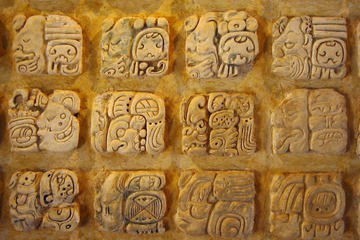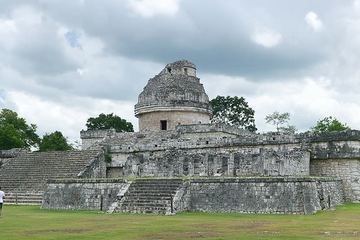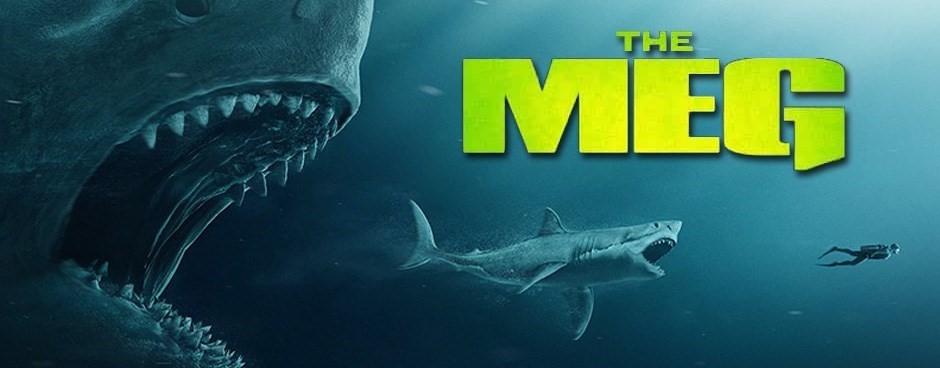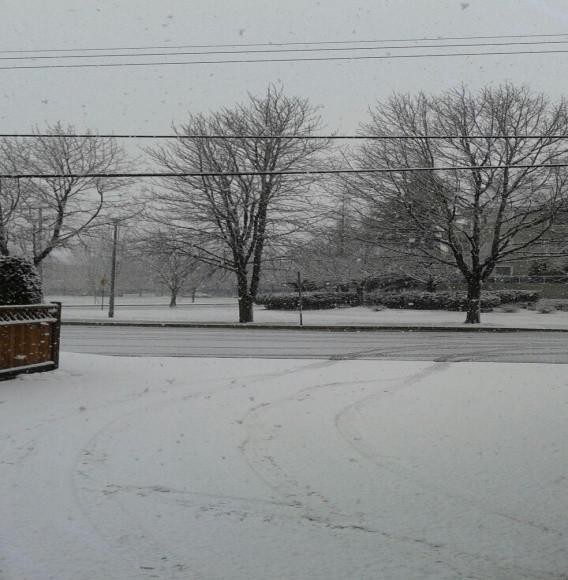By Kirby Vickery from the November 2018 Edition
For what we don’t and didn’t know about the Olmecs we know just about everything about the Mayan people except why their civilization collapsed. The reason for this knowledge is because a Spanish monk by the name of Francisco Ximénez found himself in possession of a Mayan ‘Bible’ which he had translated in 1701. It contained their version of the creation of the world and mankind.
The original book has disappeared, but we still have his translation. Yes, Timmy, the Mayan had a written language with books to read and we know the general population was literate. Even though Bishop Diego de Landa called for the eradication of all Mesoamerican literature in 1562, some of the books of the Maya are still about and are still being studied. There is one more important aspect about our learning of their civilization and that is currently being utilized.
It is something new in the mix of technical sciences. It is called ‘LIDAR’ which means Light Detection and Ranging. It’s sort of a radar system that uses light impulses rather than electromagnetic pulses. A team from the University of Central Florida has placed this device in an airplane and are flying it all over Central Mexico and Central America.

A LIDAR presentation of a portion of a modern street.
They have discovered 61,480 new Mayan structures, and a city that contained more than a million people, under the jungle canopy. All of it was previously unknown, even to the artifact poachers. All that remains is for teams of archeologists to go in and clear the jungle and start learning more about these people. It’s also good for tourism after they establish inroads at any site.

A small piece of Maya writing
Whereas the Olmecs settled in the Mexican lowlands around what is now Mexico City, the Mayans chose the Yucatan to grow and prosper. The Mayans lived much like the Olmecs with a few exceptions that we know about. It is believed the Olmecs lived by rule of their priest class. The Mayans incorporated a royalty class, complete with King and Queen, although they still had their priests who ran most everything. Like the Olmec people, these folks were into sacrifice, slavery and bondage too, only these people were a lot more warlike and violent.
While the Olmec people depended mostly on trade alone, the Mayans incorporated war, not only to outsiders, but to the various city states within the kingdom. Both civilizations depended on human sacrifice to appease their gods and most of the gods were the same.
The big differences between the civilizations was that the Mayans were far ahead of the Olmecs in the sciences such as astronomy and mathematics, art and agriculture. Because of these books, called codexes, we’ve been able to decipher their numbering system and their written language.
Please remember that neither culture had any beasts of burden, or what we would call modern anything. Their agriculture was finite and the soil on the peninsula was volcanic and rich. That stuff would and will grow anything. Their diet was simple consisting of maize, squashes, beans and chili peppers as staples. It should be noted that this is the area that the vanilla bean, growing from an orchid plant, was discovered and later cultivated. Modern anthropology shows that their methodology in terracing the hills could have supported a larger number of people than it actually did.
POPOL VUH
The Popol Vuh is the Maya story of creation. It is not part of a bible to the Mayan people, but more like a history of the time before man, written in the progressive tense. This fact is uniform the world over, which strongly indicates it was passed down and told verbally. This was also the way of things in Europe during the late phases of the dark ages and the early renaissance when, in each village, there were story tellers who travelled from place to place. As a matter of fact, when the printing press was finally invented, most of the printing jobs were hand bills advertising when the more prolific story tellers were going to be where.
Obviously, the story the Popol Vuh contains was handed down for many generations before it was finally committed to a book in the written language of the Mayan called ‘The Quiche.’ It translates into English as, “The Council Body” or literally, “The Book of the Mat.” “Mat” in this case refers to the woven mats the Mayan people would sit on while listening to their stories handed down from one generation to the next by priests and story tellers. It was also known as “The Ancient Word.”
Popol Vuh was created by a people called the K’iche (also spelled ‘The Quiche’ depending which account you hook up with. I found K’iche to mean the people from the central Guatemalan highlands. The book is also known as ‘Popol Wuj’ [could be a phonetic spelling?]. Its history is muddled by time and multi-possessions on both sides of the Atlantic.

Even today, there are two major schools of thought as to when its only copy was rediscovered and by whom. If I can believe the internet, the language of the original was simply beautiful. Either that or I’m falling in love with a translation of a translation or a copy of another translation. I will tell its story next month but go ahead and look it up if you want to enjoy the phraseology of the book.
The book itself is about the creation. Then it recounts the story of a set of twins who win over the forces of evil for the control of the earth after everything got done. It is believed that, at its beginning, it was one very long poem and then was divided up into four books when the story went through its copy and
translation stages.
Actually, the twins are the sons of twins who are the sons of other twins, or something like that, but that has to wait for next month.
The full edition or view it online
—
Kirby was born in a little burg just south of El Paso, Texas called Fabens. As he understand it, they we were passing through. His history reads like a road atlas. By the time he started school, he had lived in five places in two states. By the time he started high school, that list went to five states, four countries on three continents. Then he joined the Air Force after high school and one year of college and spent 23 years stationed in eleven or twelve places and traveled all over the place doing administrative, security, and electronic things. His final stay was being in charge of Air Force Recruiting in San Diego, Imperial, and Yuma counties. Upon retirement he went back to New England as a Quality Assurance Manager in electronics manufacturing before he was moved to Production Manager for the company’s Mexico operations. He moved to the Phoenix area and finally got his education and ended up teaching. He parted with the university and moved to Whidbey Island, Washington where he was introduced to Manzanillo, Mexico. It was there that he started to publish his monthly article for the Manzanillo Sun. He currently reside in Coupeville, WA, Edmonton, AB, and Manzanillo, Colima, Mexico, depending on whose having what medical problems and the time of year. His time is spent dieting, writing his second book, various articles and short stories, and sightseeing Canada, although that seems to be limited in the winter up there.



